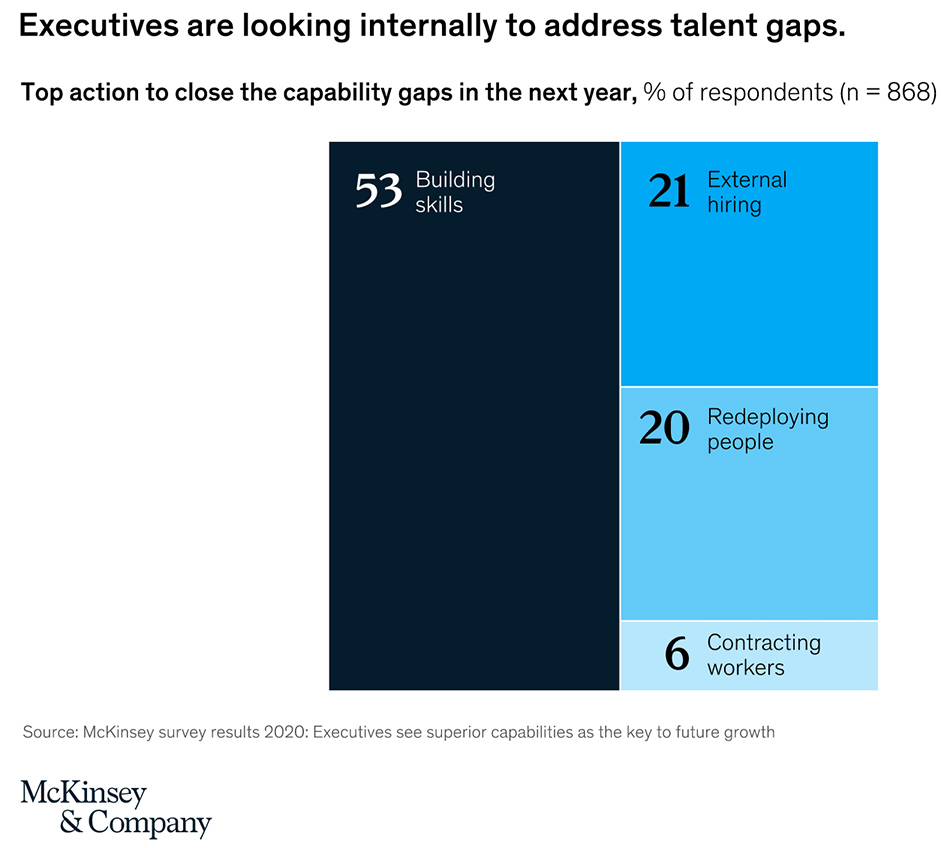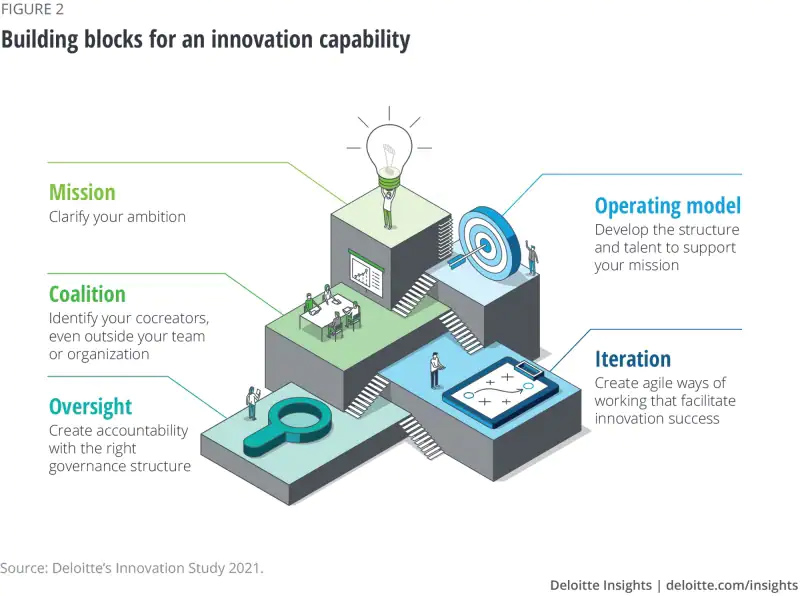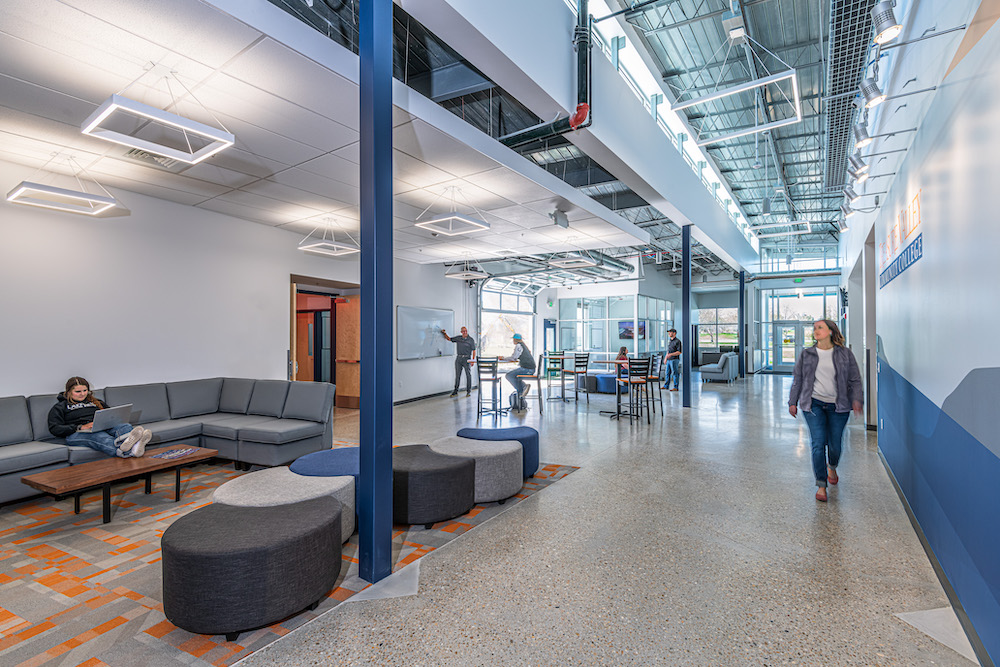Corporate Leaders Lag in Digital Skills; L&D Can Help — from learningsolutionsmag.com by Pamela Hogle
Excerpt:
As we move into a reality where digital skills dominate and the pandemic has pushed many organizations to accelerate their digital transitions, a yawning skills gap has become apparent: Fewer than a third of digital leaders rate themselves as “effective in digital acumen” according to the DDI Global Leadership Forecast.
But HR and leaders rank digital acumen, which is seen as “a significant predictor not only for digital transformation readiness, but also for innovation and responding to the competitive environment,” as a must-have skill, the DDI report said.
This gap is bad for business. “The world’s most digitally mature companies lead all other companies in value creation. They also have proved much more resilient during the crisis,” research by the Boston Consulting Group found.
Also from learningsolutionsmag.com see:













